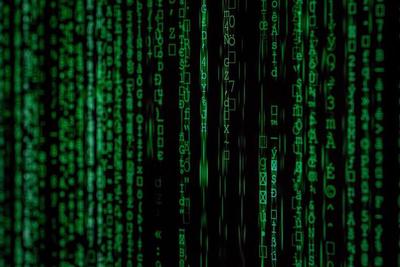📊 Introduction to Statistical Learning in R

Table of Contents
Description
This course offers an introduction to statistics and supervised machine learning. It adopts a problem-to-solution teaching approach, defining a practical problem and illustrating how statistics can enable understanding to make critically informed decisions about a population by examining a random sample. It uses a learning-by-doing approach based on real-world examples in various contexts. This also teaches how to conduct statistical data analysis in R. The course is organised around 6 sessions. Each session is designed to provide a combination of key statistical concepts and practical application through the use of R.
Learning outcomes
Having successfully completed this course, you will be able to:
- Conduct exploratory statistical data analysis.
- Have an understanding of elementary probability distributions and data types.
- Perform correlation and regression data analysis using real-world data.
- Assess the statistical significance between different data types.
- Carry out statistical data analysis in R.
- Have a basic understanding of supervised machine learning and cross-validation.
Structure
The notes for each session are:
Session 1 Introduction to R: Data types & probability distributions
Session 2 Descriptive Statistics: Measures of centrality & dispersion for continuous & categorical data
Session 3 Statistical Significance: Hypothesis testing & confidence intervals
Session 4 Correlation: Correlation visualisation & measures
Session 5 Regression Analysis: Linear regression, dummy variables & logistic regression
Session 6 Supervised Machine Learning: Tree Regressions, Random Forest & Cross-validation